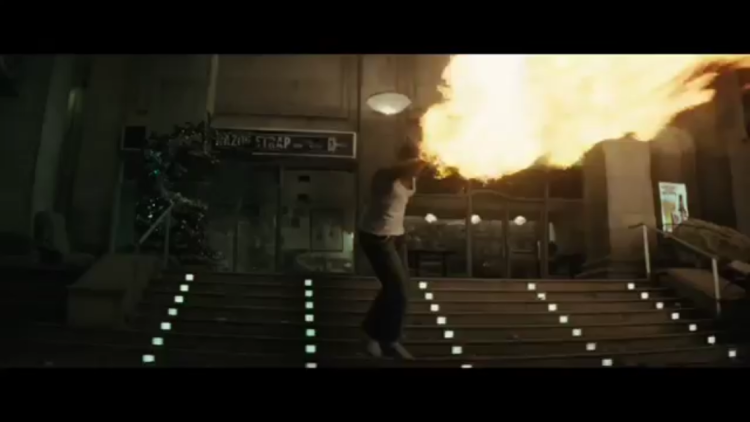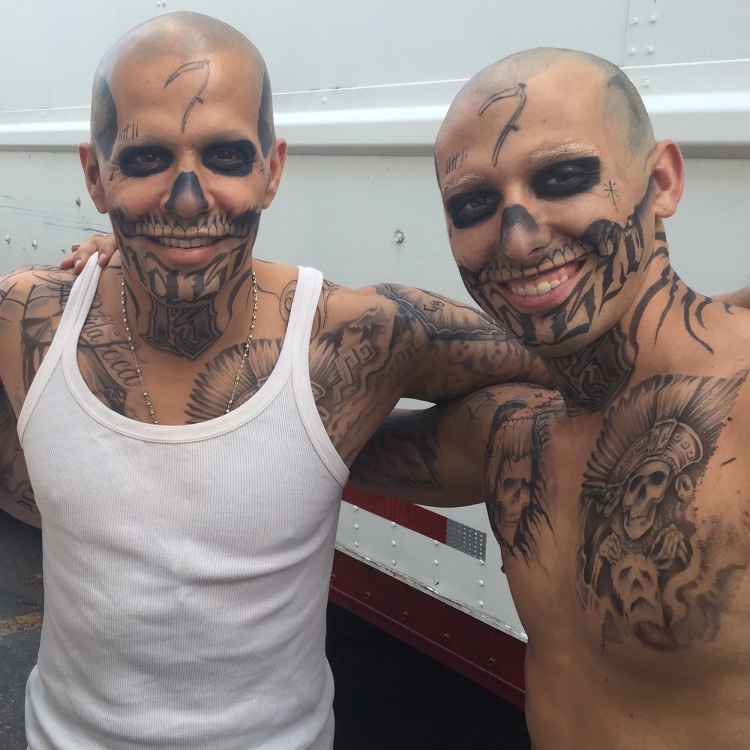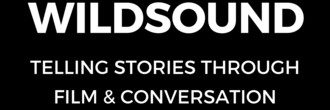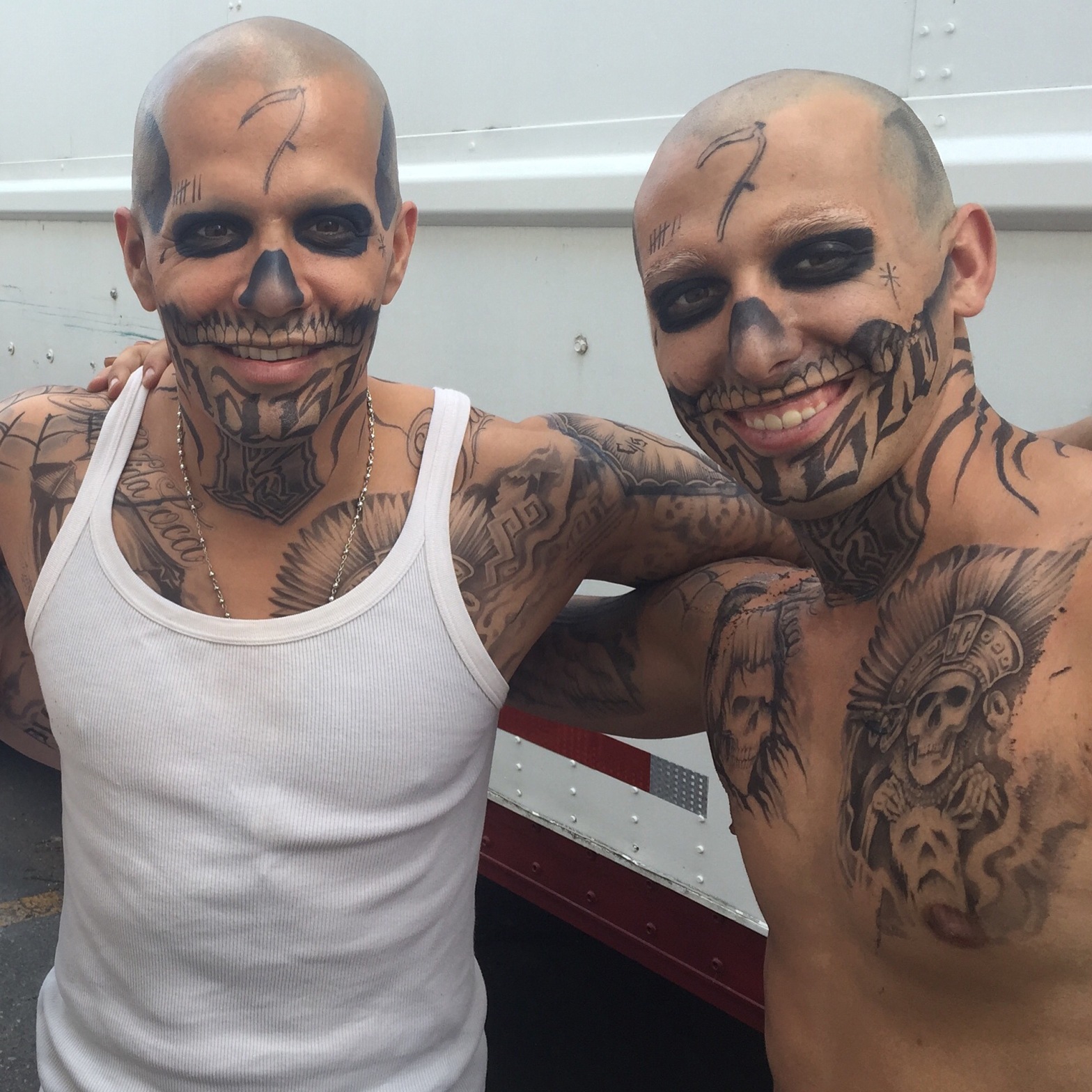 Alex Armbruster is one of the most sought after stunt performers working in Canada today. When Hollywood makes an action film, Alex is generally on-set working is various stunt skills and expertise. He has worked on over 60 movies and TV shows in just the last 7 years along.
Alex Armbruster is one of the most sought after stunt performers working in Canada today. When Hollywood makes an action film, Alex is generally on-set working is various stunt skills and expertise. He has worked on over 60 movies and TV shows in just the last 7 years along.
It was an honor to chat with him about his career:
Matthew Toffolo: How did you get into the stunt game? Was this something you’ve always wanted to do?
Alex Armbruster: Looking back, I suppose it all started when I was 12 years old. One day I saw a Disney movie called “Brink” about competitive aggressive inline skating, and immediately after the movie, I strapped on my skates and started jumping around outside; little did I know that this sport would become my passion that got me into the world of stunts for film and television. Fast forward a few years, I had been very competitive in the inline skating world and had been part of a live action sports group called the “Craz-E-Crew Stunt Team” that took me all over the world including Saudi Arabia, India, and all around North America. One day I happened to visit a skatepark in Brantford, Ontairo where I met these two brothers who happened to be stuntmen in the business already with their father being a stunt coordinator. We hit it off and started hanging out on a regular basis where I would see how much fun they were having and how much money they were making. I remember thinking to myself “I need to get in on this!” So eventually I convinced them to give me a shot on set; which they did. It was on an MTV show called “Skins” to basically be the buffer between the stunt and background performers to make sure they didn’t get hurt from the fight scene we were doing. From the moment I stepped on set, I was hooked. I ended up doing lots of extra and background work to meet other stunt coordinators in the business; always bringing my resume and demo reel with me. I was constantly training different skill sets, getting as good at everything as I could. Eventually, they also gave me a shot and I started to make a pretty decent reputation for myself. Six years later, here I am today!
Getting into stunts was definitely not what I always dreamed of doing when I was younger. Growing up, I always wanted to be a professional rollerblader. As time went on, the sport unfortunately started declining and learned that I couldn’t really make the living i wanted from it. I also went to school for business and thought at one point that I would open up a skateshop/skatepark instead. It was around this time (2008-2009) that I had met my stunt friends and began to see my future that satisfied me the same way that rollerblading did. Stunts became my new passion and allowed me the free time I needed to continue rollerblading to my hearts content.
PHOTO: Alex does some “fire” work on set:

MT: You work a lot on Toronto based sets. How is the crew experience in Hollywood North?
AA: Yes, I work mainly in Toronto and Montreal at this point. The crews are usually quite good here in the sense that everyone is very organized, kind and for the most part, efficient. I’ve only got the two locations to compare, but I imagine they would be very similar to the crews in the states as well given that we have to cater to American and other international actors’ as well.
MT: What job has been your most valuable experience so far?
AA: My most valuable stunt job has been stunt doubling for Jay Hernandez who played “El Diablo” in Suicide Squad. It was such an amazing experience working alongside actors like Will Smith and Margot Robbie and just being apart of the DC Comics world. I knew right away when I got the job that it would be a pivotal point in my career in the sense that it would probably be one of the most unique experiences that many stuntmen wouldn’t receive. Getting all dressed up in the makeup, getting the tattoos and shaving my head every morning for this role was very cool and definitely made me feel like a super hero (or villain). Although there were only a handful of stunts for this character in the film, there were a couple of really good ones including when he gets flushed out of the water tank and when Incubus kicks him backwards 60ft over a flight of stairs into a shop window and into a wall in the last train station scene. I’ve now developed a bit of a collecting habit for any Diablo-related merchandise I can find…after all, it’s probably the closest I’ll get to having an action figure of myself!
PHOTO: With actor Jay Hernandez – Suicide Squad stunt double for Diablo Ratchet

MT: What are the differences between working on a big budget movie (X-Men: Days of Future Paste, xXx) in comparison to working on a television series (Dark Matter, Designated Survivor?
AA: The difference between working on a big feature film and a smaller TV show basically comes down to two things: time and money. On a big feature film like Suicide Squad, they have hundreds of millions of dollars to work with while trying to create a film that’s around 2 hours long in about 4-5 months. On a TV show, they have a few million while trying to create 1 hour episodes every week or two over the course of 3-4 months as well. As a result, the big features move a lot slower on set since they’re usually only trying to get a couple scenes shot everyday. Since the budgets are so big, everything is a little more relaxed and casual since they don’t have to get everyone off the clock so soon. On a TV show, they’ve got usually around 5-6 scenes to film in one day with set shifts in there as well so they tend to move along a bit quicker and more efficiently to get that all accomplished on time.
MT: Is there a type of stunt that you haven’t performed yet that you would love to work on?
AA: One of the things I actually haven’t done yet is to do a full body burn (to be set on fire). It’s just one of those things where the opportunity doesn’t come around too often and when it does, it often goes to someone who has done it already. Even if the opportunity doesn’t come up in film this year, I’ll definitely be getting my friends to set me on fire just so I can experience it and put it on the resume.
MT: What makes a great stunt performer? What skills does he/she need?
AA: A great stunt performer should first off, have a great positive attitude. The film business can be quite tough to break into and even to make a living in and it takes a very special breed of person that is willing to persevere through all of the ups and downs. They need to be okay with not knowing when they’re going to work next, where they’re going to be working, what they’re going to be performing, etc. They need to be comfortable with being uncomfortable for extended periods of time on set; for example, wearing a prosthetic costume in extremely cold weather for over 14 hours overnight gets pretty tough mentally. Another huge asset that every great stunt performer needs to have is the ability to take and follow direction; even if the stunt performer is one of the best in the world in terms of skill, if they can’t take direction and do what the director or stunt coordinator is asking of them, then they’re essentially useless to the production. In terms of skill required, it is to the performers’ maximum benefit if they are as good at as many skills as possible. Most stunt performers break into the business by having some sort of specialty skill that they excel in, but this skill alone won’t keep you working all of the time. Most of the stunts you see in films include skills such as precision driving, high falls, fight choreography, gun work, wire work, gymnastics, parkour, horsemanship, acting, etc. A great stunt performer should be relatively well-rounded in most of these areas so that they can confidently accept any type of job opportunity that comes their way.
PHOTO: Doing wire work on the TV show Minority Report:

MT: What film, besides the ones you’ve worked on, have you watched the most times in your life?
AA: Good question. I’ve always been a huge fan of the Back to the Future trilogy with Michael J. Fox. Every year I usually watch these films a few times. Everything about the trilogy is so well done that it’s just one of those classics that you never really get sick of; the story telling, the music, the characters, the stunts, the one liners… it really is a “timeless” movie… pardon the pun. A career goal would be to be apart of a film as good or even better than that… which these days is pretty hard to come by.
MT: What’s the biggest high risk stunt you’ve performed to date?
AA: The biggest high-risk stunt I’ve performed to date is probably the one on Suicide Squad which i mentioned earlier where I went flying on a wire (we call it a ratchet) backwards 60ft. over a flight of stairs, through a window sill and into a wall. The reason why this one was such high-risk was because of the huge distance that I had to travel backwards and the speed that it was being done at. When the distance is that big between your take-off and your landing, there’s a lot of room for error; it’s very easy for your body position to change into one that’s not very favorable for your landing. The wardrobe I was wearing ( a tank top and jeans) also didn’t allow me to wear any pads on the upper half of my body which was a concern considering I wasn’t landing on any mats. We were planning for me to launch backwards, hit and break through the window sill and then hit the wall with my back pad, landing safe and sound. Here’s what actually happened: from the take-off, everything was going very well until I hit the window sill (which was breakaway so I could go through it easily). Once I hit the window sill, my body position changed unfavorably and my legs swung back behind me and smashed into the wall first before my back which ended up giving me a nasty spiral fracture on my left fibula (ankle). Although the rest of my un-padded body was somehow unscathed, I found myself healing for a good 6 months after that. Sometimes these things happen, and these are the types of risks we take as stunt performers but it definitely could have been a lot worse if I hit my head instead of my leg. However, I did make a full recovery and I’m 100% again.
MT: Where do you see the future of green-screen stunt performing in the motion pictures?
AA: With the steady increase in visual effects technology, there’s without a doubt going to me more green screen stunt performing in the future. Using green screens in the background for stunt performing typically isn’t a big deal since they usually use it to simply put a different background image in the scene which keeps all of the stunts real and authentic. Where we might get into trouble later on is increased CGI replacing stunt performers. For example, even now in some films instead of actually lighting a stunt double on fire, they’ll simply CGI the fire on the actor which eliminates the need for a stunt performer completely in that case. Luckily at this point, CGI only works for certain types of stunts and there’s still a need for real people performing real action. It’s also very costly to involve CGI and it still remains less expensive to pay a stunt performer who will make the stunt look better in the end anyways.
_____
Interviewer Matthew Toffolo is currently the CEO of the WILDsound FEEDBACK Film & Writing Festival. The festival that showcases 20-50 screenplay and story readings performed by professional actors every month. And the FEEDBACK Monthly Festival held in downtown Toronto, and Los Angeles at least 2 times a month. Go to www.wildsound.ca for more information and to submit your work to the festival.


Reblogged this on WILDsound Writing and Film Festival Review.
LikeLike
Reblogged this on WILDsound Writing and Film Festival Review.
LikeLike
Reblogged this on WILDsound Writing and Film Festival Review.
LikeLike
Reblogged this on WILDsound Writing and Film Festival Review.
LikeLike
Reblogged this on WILDsound Writing and Film Festival Review.
LikeLike
Reblogged this on WILDsound Writing and Film Festival Review.
LikeLike
Reblogged this on FEEDBACK Animation Film & Screenplay Festival.
LikeLike
Reblogged this on WILDsound Writing and Film Festival Review.
LikeLike
Reblogged this on WILDsound Writing and Film Festival Review.
LikeLike
Reblogged this on Fantasy/Sci-Fi FILM & WRITING FESTIVAL.
LikeLike
Reblogged this on WILDsound Writing and Film Festival Review.
LikeLike
Reblogged this on WILDsound Festival.
LikeLike